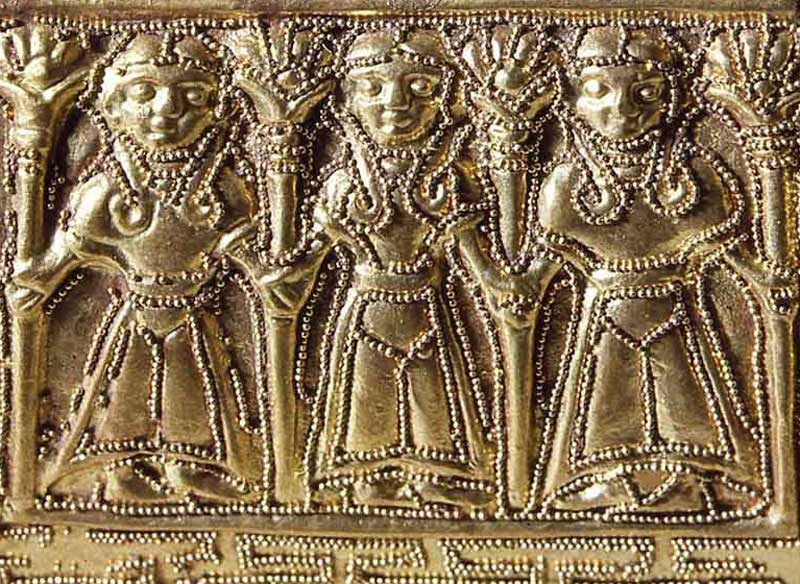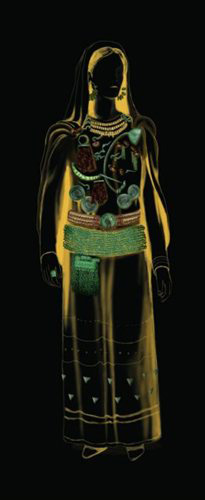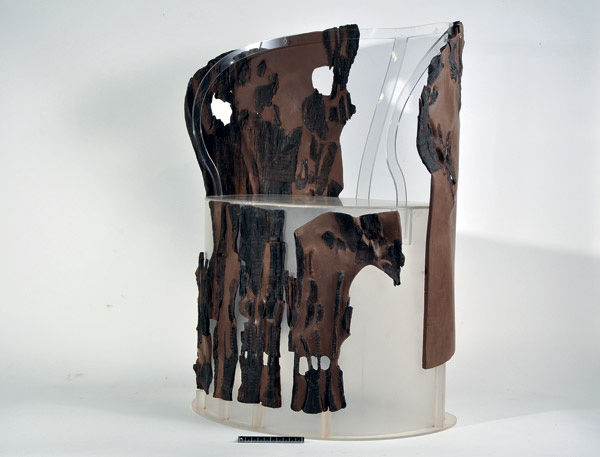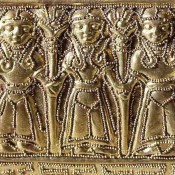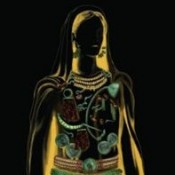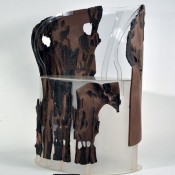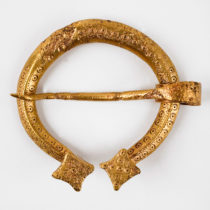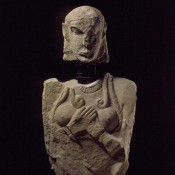The word “princeps”, which is being used in the exhibition, has the meaning of the first in a society.
Regal ladies or princesses, priestesses or healers, women of authority or knowledge, local women, who stood apart from the rest, other women, who accepted and adopted the cultural traits of different societies or of the men they married in their homeland – local or foreign men – or even those women, who for reasons of intermarriage, travelled from one place to another, are the women the exhibition “Princesses” of the Mediterranean in the dawn of History examines.
More than 500 ancient objects from 24 burial assemblages of women from Greece, Cyprus and Italy are being showcased. The exhibition features real women. Women who were born, lived and acted, women in flesh and blood, whose natural remains and personal items (grave goods) still “speak for themselves” thousands of years after. The exhibition is structured by a chronological sequence from the 10th to the 5th century BC, so that the visitor can make direct comparisons and comprehend the different cultural environments at their simultaneity and variation.
The noble woman from Lefkandi, the “Wealthy Athenian woman” from Ancient Agora, the Princesses of Oinotria, the “Small Princess”, the noble women – priestesses from Eleftherna, Etruscan princesses from the Tuscany region, the “Priestess of Sindos”, and the “Lady of Aigai” are only some of the leading ladies of the exhibition.
The exhibits
The displayed assemblages comprise bronze, faience, glass vases and vessels, terracotta, bronze and ivory figurines, and, mostly, jewellery: belts, bracelets and armbands, earrings, finger rings, hair pins, necklaces, beads of semi-precious stones, even gold masks that covered the face, breastplates. A whole world of high art and wealth, fame, ideas and beliefs of the female world in the dawn of History. The famous wooden throne of a dead princess from a tomb at Verruchio (Italy), for the first time on display outside Italy.
Museographic concept
All burial assemblages are displayed in a way which illustrates the dead women themselves with all their equipment, surrounded by their burial goods, while special care has been given to the scenic elements that create an atmosphere attuned to the female world. Separate show-cases feature the throne of the princess from the Verruchio burial with her wodden furniture, and the unique jewellery of the Queen of Sirolo-Numana (Piceno).
The exhibition is being accompanied by a catalogue in Greek, English and Italian.
Exhibition curators: Professor Nicholas Chr. Stampolidis (Director MCA), in collaboration with Dr Mimika Giannopoulou (Archaeologist MCA).
The exhibition is being organized by the Museum of Cycladic Art with the cooperation of the Ministry of Culture, the Italian Embassy in Greece and the Presidency of the Italian Republic.
